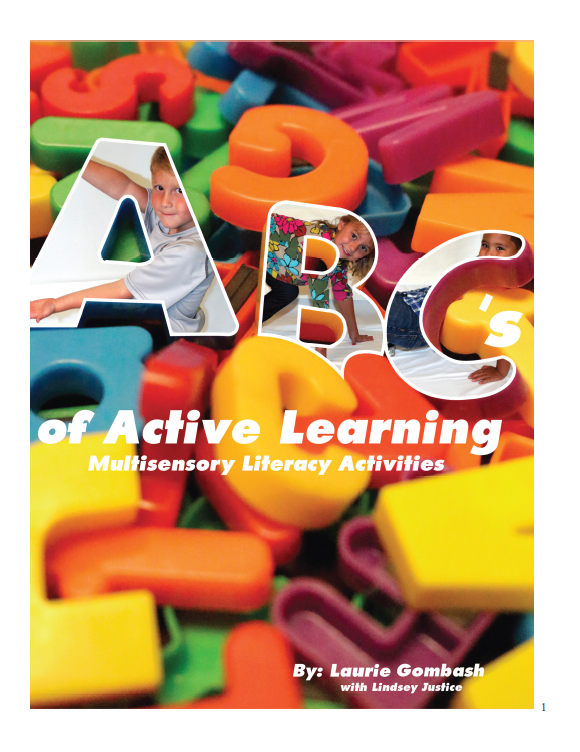How to Optimize Physical Activity and Learning
Exercise improves health and physical, mental, and cognitive abilities. What if physical activity and learning could be done together? What if you could learn how to optimize learning through physical activity?

Recent research on the impact of exercise on brain health shows that it can do just that. Many studies have demonstrated that increased physical activity leads to improved memory function. Find out how you can help your students reap these benefits by making physical activity a part of your school curriculum today.
6 Strategies to Boost Brain Power Combining Physical Activity with Learning
Research strongly indicates that exercise and physical activity helps to boost brain power. Here are 6 strategies to put that research into motion and combine physical activity and learning:
- Get students moving and physically active. Inspire students to exercise and be physically active. School staff can add movement during brain breaks, recess time, during physical education, transition time and during lessons. Parents can encourage decreased screen time and increased outdoor time at home.
- Incorporate exercise into learning activities. When possible, teachers can add in physical activity directly into the lesson.
- Schedule physical activity during the school day at the best times. Try increasing physical activity before at test or a challenging class. Read 10 Easy Ways to Get the Brain Ready for Testing.
- Educate the school and family on the benefits of physical activity. This will help everyone understand and encourage children to be physically active inside and outside of school. Read 5 evidence based reasons how exercise impacts brain power.
- Start a committee to help increase physical activity in your school or community. Create and develop a plan to start increasing physical activity throughout the school day and in the community.
- Teach the students the health benefits of being physically active. When the students are educated, they will be more internally motivated to exercise.
By promoting physical activity and learning as a core component of your school’s curriculum, you can quickly help students develop lifelong habits that will benefit them beyond their years in school.
Reference: Reference: Marcus Conyers and Donna Wilson. Smart moves: Powering up the brain with physical activity. Phi Delta Kappan May 2015 96: 38-42, doi:10.1177/0031721715583961
Resources to Help Combine Physical Activity and Learning Throughout the School Day

The Exercises in the Classroom and Home set includes the following poster pages:
- Wake Up Exercises – get students awake and ready to learn! Use to get the wiggles out or to energize students.
- Be Strong Exercises – students can work on core strengthening, shoulders, arms, hips, and legs.
- Focus Exercises – encourage increased focus, balance, and attention with these 6 exercises.
- Stretching Exercises – 6 simple exercises to increase flexibility to prevent poor posture.
- Calming Exercises – a great routine to implement to help students self-regulate.

Exploring educational concepts through movement and multiple senses give children opportunities to learn in ways they understand. The alphabet activities from A to Z are a collection of activities that can be used with children of all abilities. The ABC’s of Active Learning © offers readers tons of multisensory literacy activities based on each alphabet letter. This book, based on years of experience as school-based therapists, is written by Laurie Gombash, PT with a Master’s degree in Education and Lindsey Justice, OT.



